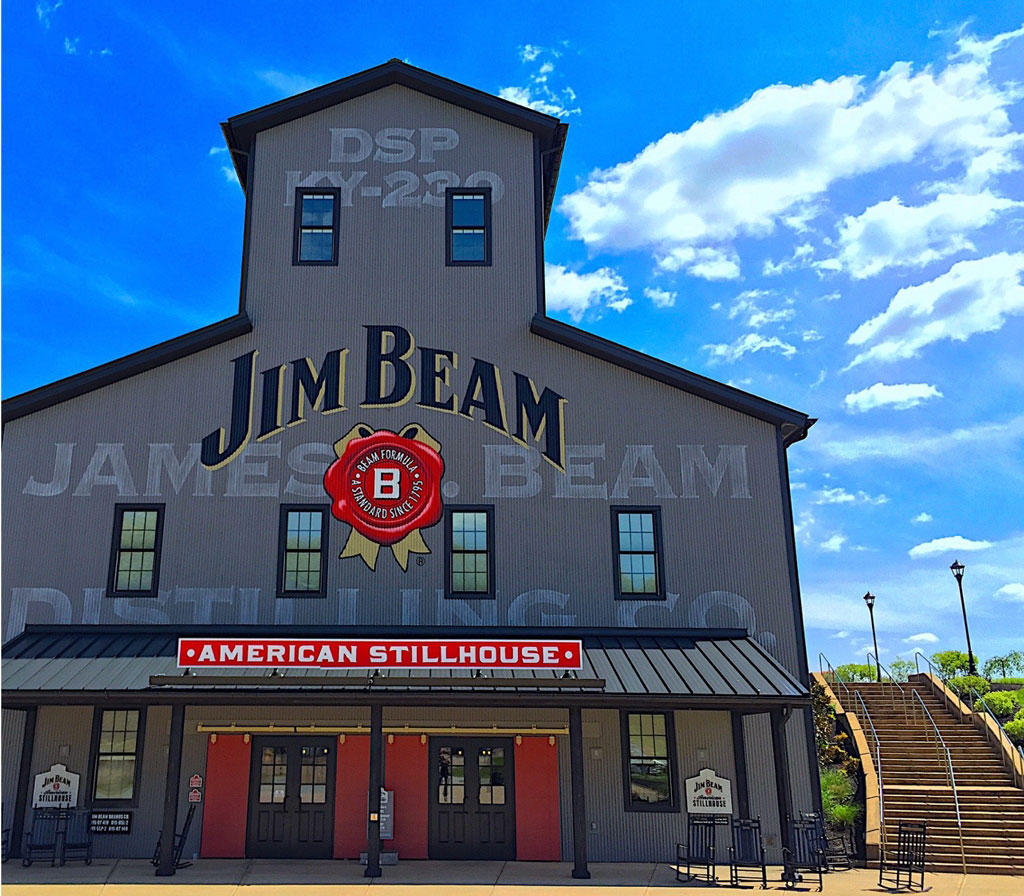The Stills Used To Make American Whiskey
By Richard Thomas
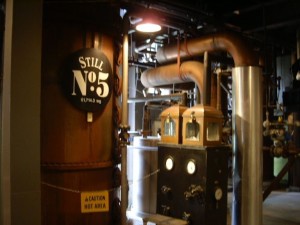
(Credit: Brown-Forman)
As whiskey’s popularity in America has driven enormous growth in the industry’s new secondary role as tourist destinations, it has also drawn in far more casual visitors than diehard enthusiasts. This is only logical, because while it the average tourist might only visit a single whiskey distillery in her whole life, said tourists vastly outnumber the whiskey nerds who make completing the Kentucky Bourbon Trail as a goal.
Most tours do a good job of explaining the basics of making whiskey, but they are first and foremost selling the distillery’s own product. Placing what is seen at a distillery in its larger context is uncommon on the typical tour, and when it does happen it has been my experience that it is in response to a question by an enthusiast. So, few who aren’t already familiar with whiskey-making come away with a real understanding of what they have seen and why any of it matters.
In lectures and conversation, I’ve found the easiest way to explain how differences and even tweaks in the process can substantially alter the outcome is to point to the most visually striking part of most distilleries: the stills. Almost all the whiskey in America is made on just one type of still, the column still, but these are found largely in Kentucky and Tennessee. Folks visiting local, craft distilleries will almost certainly encounter two other types of stills, the pot or the hybrid.
There are other still designs in use across the country. Leopold Brothers has rebuilt the chamber still design that was once a signature element of Pennsylvania whiskey. Other still designs can be found here and there, especially at distilleries that consider making whiskey secondary to other spirits. That said, knowing the ins and outs of just three different types of stills gives one a valuable insight in into what makes a particular whiskey what it is.
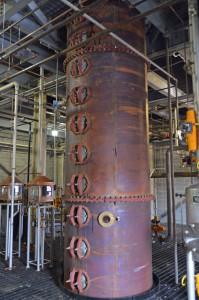
no pretenses
(Credit: Richard Thomas)
Column Still
So named because it looks like copper tower with portholes stacked up its side, this design is the most understood, and that despite being the one in use at most of the big distillers in Kentucky and Tennessee. It’s easiest to imagine the column still as a series of stills, made up of perforated copper plates, stacked atop each other. Rising steam sends alcohol and water vapor rising through the column, with greater concentrations of alcohol achieved as the vapor rises through successive layers.
The misunderstanding stems from the difference between an American column still (also known as a beer still) and a European column still (also called a Coffey or continuous still). The spirit coming off the (first distillation) column still has lots of water in it, and needs finishing. In the Coffey Still, this is done by sending the spirit over to a second column, resulting in a very light, high proof spirit. The American system sends the spirit to a pot still-like device called either a thumper or a doubler, depending on its exact design. Both types of column stills, however, are the most efficient to operate in terms of turning out a high volume of spirit.
This difference stems from the differing needs of the two industries. In Scotland and Ireland, column stills have been used to make grain whiskeys, which are meant to be light and somewhat neutral, and intended for blending. Distilling to a high proof is therefore desirable.
American distillers, on the other hand, have been making their principal products (bourbon, rye, etc.) on their column stills. These are produced to a lower proof, retaining more of the spirit’s native flavor, as well as the desirable chemistry for barrel aging in new white oak.
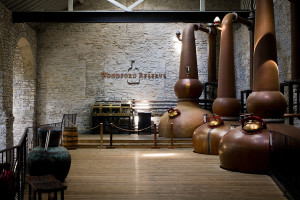
(Credit: Public Domain)
Pot Still
The classic copper pot still is deceptively simple. It’s simple because it is just a copper kettle for simmering the alcohol off the mash (or wash, if there are no solids in the fluid). What makes that deceptive is that every aspect of the still’s shape—how big the kettle is; the length and width of the neck; whether there are reflux bubbles/bowls/onions in the neck—tweak the character of the spirit coming off the still.
This is why Scottish and Irish distilleries don’t build new, bigger stills when they expand, but instead copy the existing stills over and over. Doing so is the only way the match the character of the distillery’s spirit.
Pot stills are thought to produce better spirit, but are not as flexible or as efficient as a column still. The character of a column still can be altered by adding or removing plates, for one thing. Pot stills must also be regularly emptied and cleaned, and must operate in pairs or triple sets to produce a spirit strong enough for making whiskey.
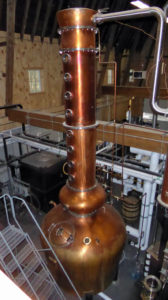
(Credit: Kurt Maitland)
Hybrid Still
The hybrid mixes elements of the column and pot, and is the most common design in the craft distilling sector. It also flips the order of the beer still, in that it stacks a small column still above a pot still, whereas the beer still tacks a pot still onto the end of a much larger column. So, the hybrid uses the pot for the “stripping run” (getting most of the water and impurities out of the mash/wash) and the column for the “spirit run (finishing the process), whereas an American-style column still is visa versa. Since the column stands in for the neck and arm, design matters not at all to the pot side of the pot still, but plates can be added and subtracted from the column *. Like a pot still, the hybrid must be regularly emptied and cleaned, but unlike the pot it need not operate in sets.
* The hybrid still resembles the nearly defunct Lomond pot still, a Scottish design which had a system similar to a column still in the neck. The only Lomonds being used in this way are found at Inchdairnie Distillery in Scotland. The others have had their plates removed and function as regular pot stills.




